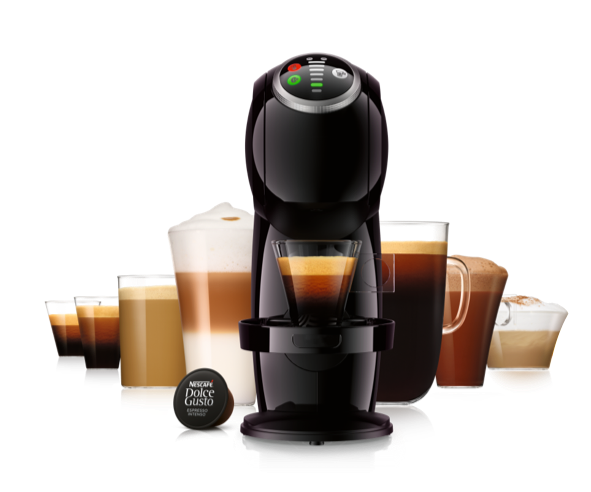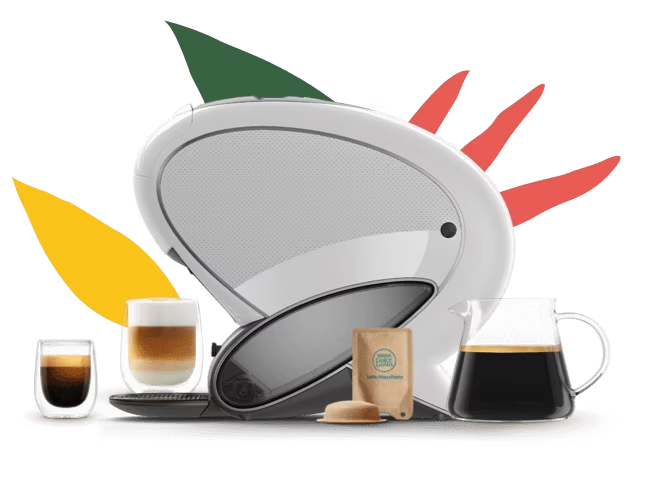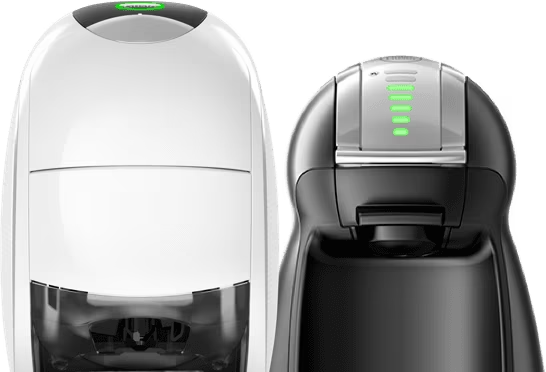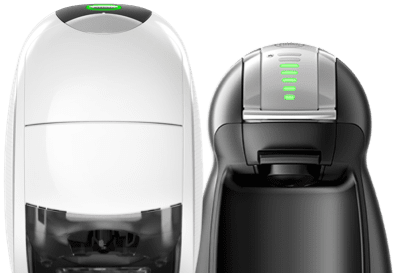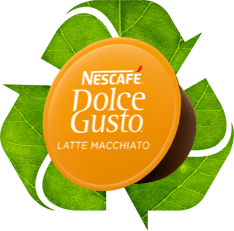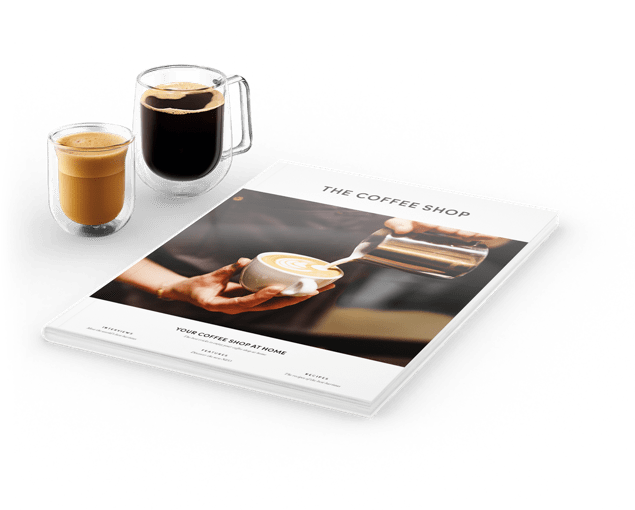Podback
How do I recycle my pods through Podback?
There are two ways you can recycle your pods with Podback; Recycling Centres & In-store.
Recycling Centres: More and more local authorities are collecting pods at their recycling centres, no bag required, just tip your pods loose into the containers.
In-store: Drop your filled green Podback bags back at supermarkets and coffee shops around the UK.
You can find out how and where to recycle with Podback by using the Recycle Checker here: https://www.podback.org/recycle-checker Select what pods you are using and your postcode, and the interactive map will show your nearest local drop-off point. Click on your chosen location to find out how to recycle and how to get a bag. This will include local supermarkets, coffee shops and council recycling centres.
Where can I drop my filled Podback bags off?
You can now drop your filled Podback bags off to participating Morrisons, Asda, Costa Coffee stores in Tescos and council recycling centres. Use the Recycle Checker here: https://www.podback.org/recycle-checker Select what pods you are using and your postcode, and the interactive map will show your nearest local drop-off point. Click on your chosen location to find out how to recycle.
How do I get bags for the Drop-Off service?
You can add up to 4 free recycling bags with your next Nescafé Dolce Gusto order on the webshop. You can also order Podback bags directly from the Podback website free of charge or pick them up at your local participating Morrisons or Costa Coffee stores in Tesco.
Use the Recycle Checker here: https://www.podback.org/recycle-checker Select what pods you are using and your postcode, and the interactive map will show your nearest local drop-off point. Click on your chosen location to find out how to get a bag.
Do I need to remove the coffee grounds before putting them into the recycling bag?
There is no need to empty your pods, but please drain any remaining liquid from them before putting them in your recycling bag.
Are the bags recycled as part of the recycling process?
Podback bags are recycled by a facility in Yorkshire that specialises in recycling flexible plastics, such as food wrappers and films. The facility produces plastic pellets which are used in a wide range of manufacturing industries
Why does NESCAFÉ Dolce Gusto use plastic pods when other biodegradable materials are available?
Our current materials allow our pods to protect the fresh taste of our high-quality coffee by preserving all the complex aromas and flavours. The make-up of these materials also allows for a robustness that works with our up to 15 bar pump pressure system to deliver high quality coffee, every time. We are working actively to reduce virgin plastic and find alternatives. In 2022, we reduced the amount of plastic that’s needed to make our capsules by 13% and we have the ambition to have 1/3 less virgin plastic by end of 2025.
I use 2 different branded pods; can they go in the same recycling bag?
It's important that aluminium and plastic pods are not mixed in the same bag, this is so they can be sent to the correct reprocessing facility. Different brands of pods that are made of the same material can be recycled in the same bag. Since our pods are made from plastic you will need a green Podback bag.
I don't have a drop off point near me on the map
If you can't see a Drop Off point close to your location on the interactive map, please follow the instructions on the map screen. If you have any problems please contact Podback Customer Services team for assistance and provide your postcode here: www.podback.org/contact-us
I am in Northern Ireland – can I use the Podback service?
Yes, the service covers the whole of the UK including Northern Ireland. However, we are not currently able to offer the service in the Channel Islands or the Isle of Man.
I am in the Republic of Ireland – can I use the Podback service?
At this time Podback is only available across the UK. We are looking at how, and when, we will expand this service to the Republic of Ireland in the future.

Categories:













































































